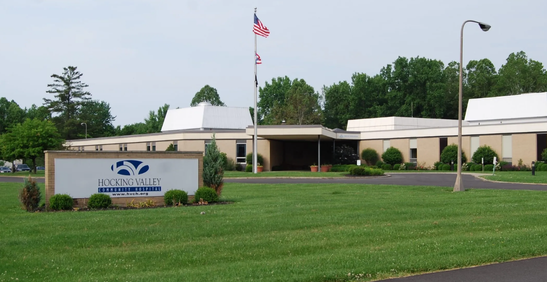6 min read
“Most Fair Compensation of Anywhere I’ve Ever Worked:” Radiologist Compensation Transparency at vRad
Compensation is one of the most important factors when considering your next career move. You should never have to wonder what you’re earning or how...










.jpg?width=1024&height=576&name=vRad-High-Quality-Patient-Care-1024x576%20(1).jpg)







%20(2).jpg?width=1008&height=755&name=Copy%20of%20Mega%20Nav%20Images%202025%20(1008%20x%20755%20px)%20(2).jpg)



.png?width=1280&height=720&name=vRad%20YouTube%20Thumbnail%20(51).png)
-1.png?width=547&height=308&name=USE%20THIS%20ONE%20of%20Blog_Header_547x308%20(1)-1.png)



.jpg?width=1200&height=628&name=Blog_Header_1200x628%20(7).jpg)
.png?width=1200&height=628&name=Blog_Header_1200x628%20(40).png)
-1.png?width=1200&height=628&name=Blog_Header_1200x628%20(12)-1.png)
-4.png?width=1200&height=628&name=Blog_Header_1200x628%20(7)-4.png)